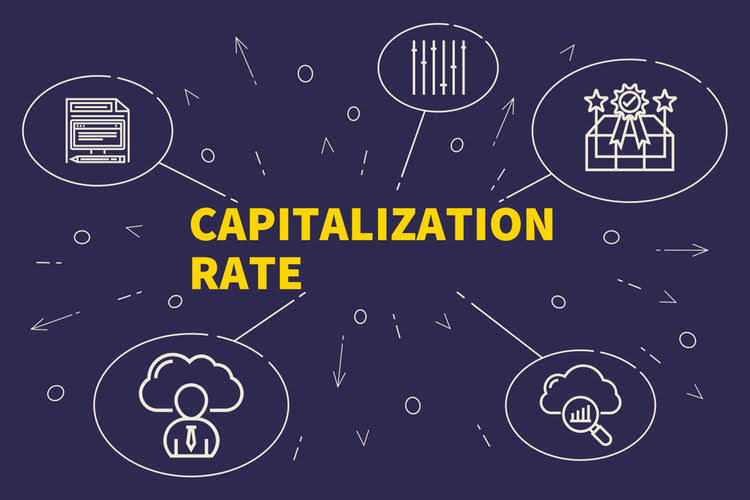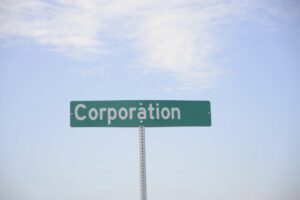
Retained earnings is the corporation’s past earnings that have not been distributed as dividends to its stockholders. Even though some refer to retained earnings appropriations as retained earnings reserves, using the term reserves is discouraged. Every business owner faces cash flow vs. profit challenges—and many don’t survive. Learn more about retained earnings and pave a path to financial growth using EntreLeadership’s 6 Profit Principles and 4 Key Practices to Create Financial Peace in Your Business. Businesses that aren’t run by commonsense, time-proven money principles are vulnerable to the whims of competitors, shifts in the economy, and every storm on the horizon. But when you stockpile earnings and manage your money well, you can live above panic and grow your business while others are shrinking.
Losses to the Company
Investors look at the current year’s and previous year’s retained earnings balance to predict future dividend payments and growth in the company’s share price. In terms of financial statements, you can find your retained earnings account (sometimes called Member Capital) on your balance sheet in the equity section, alongside shareholders’ equity. In rare cases, companies normal balance of retained earnings include retained earnings on their income statements. By subtracting the cash and stock dividends from the net income, the formula calculates the profits a company has retained at the end of the period. If the result is positive, it means the company has added to its retained earnings balance, while a negative result indicates a reduction in retained earnings.
- This is because retained earnings provide a more comprehensive overview of the company’s financial stability and long-term growth potential.
- Like paid-in capital, retained earnings is a source of assets received by a corporation.
- At the end of each accounting period, retained earnings are reported on the balance sheet as the accumulated income from the prior year (including the current year’s income), minus dividends paid to shareholders.
- Retained earnings could be used for funding an expansion or paying dividends to shareholders at a later date.
- It is the opposite of the payout ratio, which measures the percentage of profit paid out to shareholders as dividends.
Negative Retained Earnings

Retained earnings can be used to pay off existing outstanding debts or loans that your business owes. As you work through this part, remember that fixed assets are considered non-current assets, and long-term debt is a non-current liability. If significant capital investments are anticipated, retaining earnings to cover these costs can be more advantageous than external financing.
Benefits of a Statement of Retained Earnings
Cash payment of dividends leads to cash outflow and is recorded in the books and accounts as net reductions. As the company loses ownership of its liquid assets in the form of cash dividends, it reduces the company’s asset value on the balance sheet, thereby impacting RE. Negative retained earnings mean a negative balance of retained earnings as appearing on the balance sheet under stockholder’s equity.

These funds may also be referred to as retained profit, accumulated earnings, or accumulated retained earnings. Often, these retained funds are used to make a payment on any debt obligations or are reinvested into the company to promote growth and development. Calculating retained earnings after a stock dividend involves a few extra steps to figure out the actual amount of dividends you’ll be distributing. Your bookkeeper or accountant may also be able to create monthly retained earnings statements for you. These statements report changes to your retained earnings over the course of an accounting period. Any changes or movements with net income will directly impact the RE balance.

- Examples of these items include sales revenue, cost of goods sold, depreciation, and other operating expenses.
- New companies typically don’t pay dividends since they’re still growing and need the capital to finance growth.
- Both the beginning and ending retained earnings would be visible on the company’s balance sheet.
- According to FASB Statement No. 16, prior period adjustments consist almost entirely of corrections of errors in previously published financial statements.
- We’ll explain everything you need to know about retained earnings, including how to create retained earnings statements quickly and easily with accounting software.
Retained earnings allow businesses to fund expensive asset purchases, add a product line, or buy a competitor. Your firm’s strategy should influence how you choose to use retained earnings and cash dividend payments. The statement of retained earnings is mainly prepared for outside parties such as investors and lenders, since internal stakeholders can already access the retained earnings information.
AccountingTools
On the other hand, when a company generates surplus income, a portion of the long-term shareholders may expect some regular income in the form of dividends as a reward for putting their money into the company. Traders who look for short-term gains may also prefer dividend payments that offer instant gains. Retained earnings are the cumulative net earnings or profits of a company after accounting for dividend payments. As an important concept in accounting, the word “retained” captures the fact that because those earnings were not paid out to shareholders as dividends, they were instead retained by the company. Retained earnings appear under the shareholder’s equity section on the liability side of the balance sheet.

Scenario 2 – Let’s assume that Bright Ideas Co. begins a new accounting period with $250,000 in retained earnings. When the accounting period is finalized, the directors’ board opts to pay out $15,000 in dividends to its shareholders. The level of retained earnings can guide businesses in making important investment decisions. If retained earnings are low, it may be wiser to hold onto the funds and use them as a financial cushion in case of unforeseen expenses or cash flow issues rather than distributing them as dividends. However, if both the net profit and retained earnings are substantial, it may be time to consider investing in expanding the business with new equipment, facilities, or other growth opportunities.

Retained earnings, on the other hand, refer to the portion of a company’s net profit that hasn’t been paid out to its shareholders as dividends. Retained earnings refer to the money your company keeps for itself after paying out dividends to shareholders. We’ll explain everything you need to know about retained earnings, including how to create retained earnings statements quickly and easily with accounting software. Retained earnings, at their core, are the portion of a company’s net income that remains after all dividends and distributions to shareholders are paid out.
